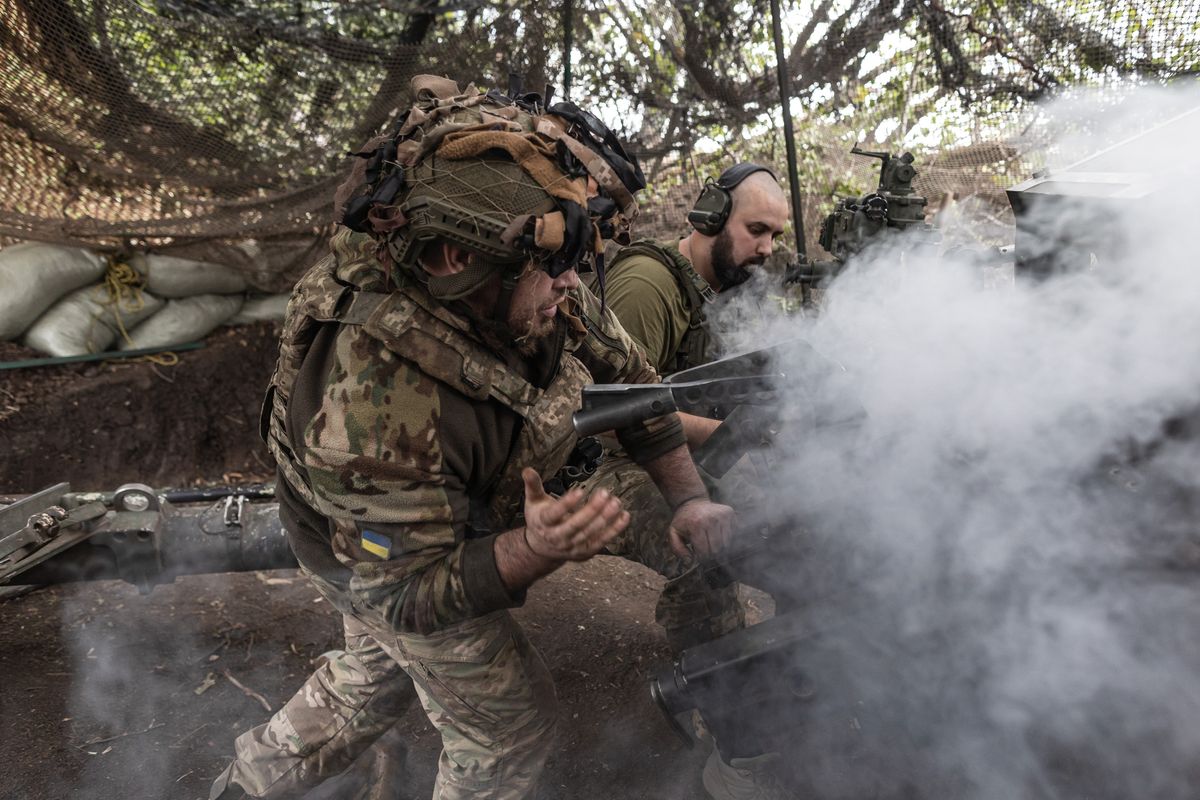Three dramatic developments have occurred in the employment of U.S. air power in the past 25 years: the vulnerability of air defenses faced, leading to far less attrition of U.S. aircraft than was suffered previously; the ability to strike ground targets with great precision, day or night; and the ability to observe, track and target ground forces nearly continuously. Each is complementary to the others, and together, they allow American air power to dominate the battlefield to a degree not approached before. The enhanced capabilities reflect technological advances, limited capabilities of the adversaries faced, as well as adaptations by U.S. air forces that took advantage of the opportunities presented by these conditions. It is important to emphasize that these were conditions, since trends can change and new conditions can well present new dangers.
Attacks on the Iraqi air defense system at the opening of the 1991 Gulf War exposed the vulnerability of air defenses to the integrated employment of several technologies: laser-guided bombs, anti-radiation missiles, and stealth aircraft, only the last of which was really new. The United States had used laser-guided bombs and anti-radiation missiles extensively in the war in Vietnam 20 years prior, but their employment put the attacking aircraft in great danger, making their use problematic in highly contested airspace. Laser–guided bombs on stealth aircraft presented an entirely new and effective attack mode. The stealth F-177s destroyed the Iraqi air defense system, making the radar missile sites vulnerable to the anti-radiation missiles. As a result, these sites restricted their use of radar except for short periods, and when the severely outmatched Iraqi Air Force elected not to fly in opposition to the Coalition air attacks, the skies virtually belonged to the Coalition air forces.
These conditions occurred again over Bosnia in 1995 and Kosovo in 1999. Both Serbs and Iraqis recognized their best option was keeping air defense systems and aircraft protected for another day, or another war. Over Afghanistan since 2001 and Iraq since 2003, U.S. air power faced negligible air defense threats. Aircraft have remained vulnerable to heat-seeking missiles and anti-aircraft artillery when flying at low altitudes, but aircraft at 15 thousand feet and above have attained protected positions for conducting bombing or reconnaissance missions.
With medium altitudes protected against air defense systems in the Gulf War, precision bombing with laser guidance extended to the use by non-stealthy aircraft and against a wide range of targets, including aircraft on the ground, in and out of aircraft shelters, tanks, and other targets that required pin-point accuracy (precise to within several meters) to be effective. The only defenses became smoke or clouds that obscured the targets, as laser-guidance could not penetrate them—a significant drawback to their use.
Within ten years, U.S. weapon development removed that limitation through the development of the Global Positioning System (GPS) attachments (known as the Joint Direct Attack Munition (JDAM) guidance kits) to what had been free-fall bombs. These weapons homed in on the GPS target coordinates with no post-launch guidance required. First employed in the 1999 war over Kosovo and with accuracy similar to laser-guided bombs, both fighter aircraft as well as bombers (B-52, B-1 and B-2) employed JDAMS extensively in this and in all subsequent air campaigns. With communication systems that tied aircraft together with ground units that could identify ground targets, JDAMs employment allowed an air/ground attack system heretofore regarded as ideal but not practical because of multiple limitations.
The third development, a dramatically enhanced reconnaissance capability, became a crucial factor in the 1991 Gulf War and has continued to improve since. Two new technologies that made their appearance in the 1991 Gulf War served as the vehicles for change: the Joint Surveillance and Target Attack Radar System (JSTARS) aircraft and the Pioneer unmanned aerial vehicle (UAV). The JSTARS aircraft provided a wide-ranging view of the ground environment much as radars have provided for years a similar capability of airborne aircraft. The Pioneer, a short range tactical reconnaissance platform used by the U.S. Army, Navy, and Marine Corps, complemented JSTARS for close-in views of the battlefield. Quickly building on the success of the Pioneer, the more widely known Air Force Predator UAV took part in the war over Bosnia in 1995, and Predator came to be part of a veritable constellation of UAVs—Reaper, Global Hawk, Shadow, Raven—that have become operational since. With long loiter time and full motion video of the ground, UAVs add perhaps the most important element of reconnaissance for ground forces. Both JSTARS aircraft and UAVs can send a common view of ground actions and targets to ground force and command posts, allowing immediate reaction to the situations observed. And, just as inevitably as reconnaissance aircraft in World War I began to carry bombs and guns, in short order, UAVs added missiles along with cameras, turning reconnaissance platforms into targeting and strike aircraft as well.
Technology alone has not brought these advances in operational capability of air forces. An effective organization had to tie together and integrate reconnaissance, strike, and air superiority elements of air power. That organization became a joint and combined air operations center, known by its familiar name, the CAOC (Combined Air and Space Operations Center). Growing from Air Force-only operation centers, the CAOC had its most direct antecedent in the Gulf War and has served as the heart of planning and conducting air campaigns since. The Center, housed in a single building with all service elements representatives present, brings a coherent and more total application of air power that previously possible.
With the number of advances described, one may have the temptation to see the dominance of American air power as an automatic U.S. advantage—as a right, not as a conditional situation that requires constant adaptation. To the degree that perception exists, recall that U.S. experience since the end of the Cold War has faced opponents with air defenses that either were quickly neutralized or were opponents that had no air defense or significant air forces of their own. Looking forward, the Air Force needs to anticipate less favorable contingencies, ones that could involve losses of bases or operations centers or in situations with far less permissive airspace in which to operate. Those contingencies would require hardened bases, more stealth, and longer-range air systems, all taking part in a contested airspace environment.













